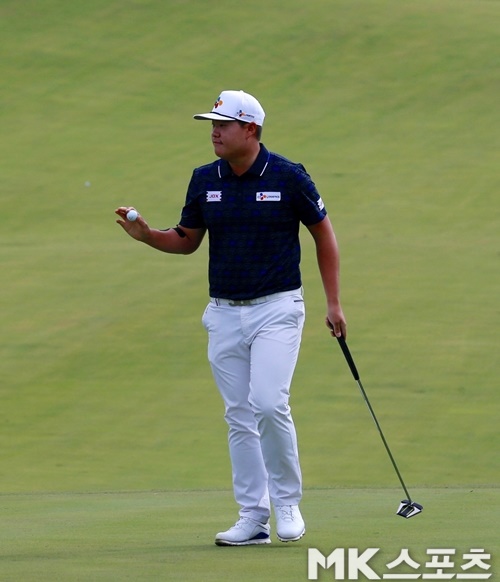[시사우리신문]A cold wave from the North Pole, which froze the Han River, is raging. In particular, according to the Meteorological Administration, by this weekend, the minimum morning temperature in the central interior region will drop to a maximum of -20 degrees Celsius, and the southern regions are also expected to drop below -10 degrees Celsius. It is expected that the number of patients who refrained from going out in the unprecedented severe cold wave that came along with the third corona19 epidemic and unexpectedly visit the hospital due to burns while searching for a warm lower neck and heating equipment is expected.
Winter, which is the fourth of the four seasons, usually runs from December to February. It is the coldest season of the year due to the low temperature, and the length of the day is short due to the late sunrise and early sunset.
In order to avoid the cold in winter, heating devices such as electric blankets, stoves, and hot packs to keep our body warm are often used in daily life. Incorrect use of a heating device that makes you forget the cold may result in low-temperature burns.
|
–
▲ Daedong Hospital, Corona 19 epidemic, bitter cold, and long exposure to heating equipment require caution because there is a risk of burns (Source-Clip Art Korea) |
Burns are caused by applying heat to the skin. The degree of burns is determined by the intensity of the applied heat, the contact time, and the ability to conduct heat of living tissues. If the temperature is below 45 degrees Celsius, there is little tissue damage, but at 45 to 50 degrees Celsius, partial cell damage occurs, and if it is above 50 degrees Celsius, the protein component of the cell is modified.
Low-temperature burns are damage caused by exposure of the skin for a long time in a relatively low temperature environment of about 40 to 50 degrees Celsius. If the skin is exposed to heat for a long time, blood circulation to the affected area decreases and accumulated heat cannot move to other areas. The temperature of the area rises, causing burns.
The main symptoms include ▲ pigmentation ▲ red spots ▲ febrile erythema ▲ itching ▲ blisters. Unlike general burns, low-temperature burns are often difficult to recognize symptoms as they progress slowly at low temperatures.
First aid is more important than anything else for low temperature burns. As with general burn treatment, first cool the burn area with cool water or physiological saline, apply burn scar ointment, etc., and wrap it with gauze. At this time, cooling with too cold water, ice, or water with strong water pressure may adversely affect the burn area, so you should refrain from cooling it. If the burn is severe, it is better to seek medical attention immediately after taking first aid.
“The skin surrounding the body plays a role in protecting our body from the outside, but it can be damaged if exposed to heat, light, or infection,” said Chorok Kim, a department of dermatology at Daedong Hospital. I think that occurs, but exposure to low heat for a long time can damage the skin, so it is necessary to pay attention to the use of heating equipment in winter.”
Everyone is exposed to low-temperature burns in winter, when heating appliances are often used, so it is important to observe how to use each heating appliance.
The electric mat should be maintained at 37 degrees, similar to the body temperature, and be used with a blanket or blanket to avoid direct contact with the skin. A hot pack and a hand heater should also be used on a handkerchief or clothes. The stove should be kept at least 1m away and should not be used for a long time.
If you use heating equipment frequently, moisturize with lotion, etc., so that the skin does not dry out, and you should pay special attention to the use of heating equipment in heavy drinking conditions that may reduce skin sensation, the elderly with weak skin, infants, and atopic patients.
–

